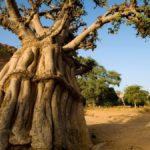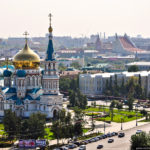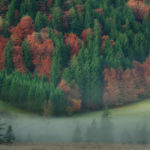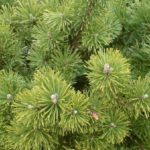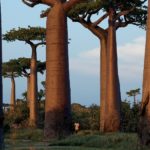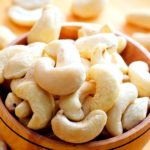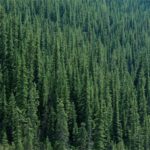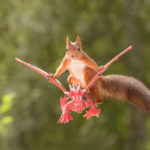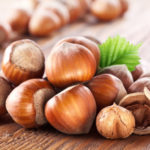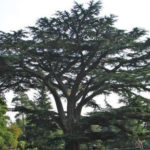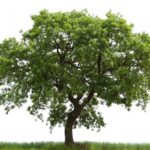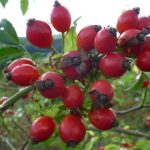Interesting facts about spruce
 Spruce, often called simply a fir tree, is a familiar tree for many of us. In addition to the fact that spruce, real or artificial, is an indispensable attribute of the New Year holidays, it is also ubiquitous in the forest. And do not underestimate this tree – its significance for all of us is much higher than you can imagine at first glance.
Spruce, often called simply a fir tree, is a familiar tree for many of us. In addition to the fact that spruce, real or artificial, is an indispensable attribute of the New Year holidays, it is also ubiquitous in the forest. And do not underestimate this tree – its significance for all of us is much higher than you can imagine at first glance.
Ate two enemies – people cutting them for the New Year and Christmas, and the wind that the fir can not normally resist.
After ten or fifteen years, the main root of spruce dies off, and its role is taken by a branched system of many smaller roots.
In the case of the death of spruce, a tree-clone can grow from its roots. In Sweden, a spruce grows in the same way, which is more than nine and a half thousand years old. It can be considered the oldest plant organism in the world.
Fir-trees are not as high as sequoias, but they can reach almost hundreds of meters in height.
Spruce leaves needles in autumn, but not all, but on average one-sixth. In spring new needles grow.
The bulk of paper in the world is made from spruce.
Each spruce cone contains about a hundred seeds.
Ordinary spruce can easily live three to four hundred years.
Spruce forests surprisingly affect the climate. In winter, the fir grove is warmer than outside, and in the summer heat it is cooler.
Most of the spruce needles are flat, but in some species they have four faces. Three-edged needles do not exist with oil.
In spruce needles contains a lot of vitamin C. Prepared from her coniferous wine helped the team of the famous navigator, Captain Cook, successfully fight with scurvy, a disease caused by a lack of vitamins in the body.
Spruce is a fair share of taiga forests.
Beautiful blue firs, planted under the walls of the Moscow Kremlin, were once imported to Russia from North America.









